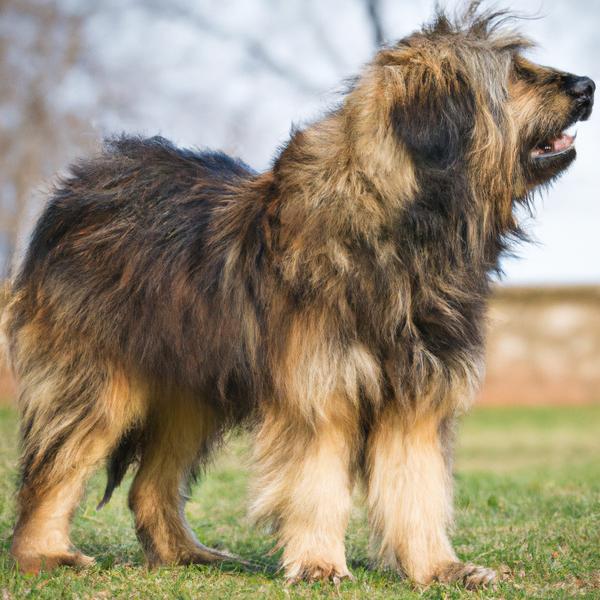Tibetan Wolfhound vs. Husky Jack: Breed Differences and Similarities
Hypoallergenic
Are Tibetan Wolfhounds or Husky Jacks hypoallergenic, or neither?
Unfortunately, neither Tibetan Wolfhound nor Husky Jack are hypoallergenic, which may not make them the best choice for dog lovers who suffer from pet allergies.
Temperament
What are the personalities of Tibetan Wolfhound and Husky Jack dogs?
Stubborn
Aloof
Dignified
Protective
Courageous
Intelligent
Patient
Loyal
Tempered
Sweet
Strong
Willed
Generous
Thoughtful
Stubborn
Independent
Energetic
Alert
Courageous
Intelligent
Friendly
Outgoing
Gentle
Cheerful
Shedding Level
Do Tibetan Wolfhounds shed more than Husky Jacks, or which breed sheds more, Tibetan Wolfhounds or Husky Jacks?
Tibetan Wolfhounds are moderate shedders, but regular brushing can reduce shedding and maintain coat health.
Husky Jacks shed a lot of hair each year, so frequent brushing is essential for reducing shedding and maintaining coat health.
Ancestry
What are the origins of Tibetan Wolfhound and Husky Jack breeds?
Irish Wolfhound and Tibetan Mastiff
Jack Russell Terrier, Siberian Husky
Date of Birth
When were Tibetan Wolfhound and Husky Jack breeds first developed?
Unknown
1990s
Eye Color Possibilites
What are the eye colors of Tibetan Wolfhound and Husky Jack dogs?
Brown
Brown
Nose Color Possibilites
What are the natural nose colors of Tibetan Wolfhound and Husky Jack?
Black
Black
Coat Color Possibilites
What are the natural colors of the coat for Tibetan Wolfhound and Husky Jack breeds?
Gray
Black
Fawn
White
Gray
Black
Red
Sable
Brown
Cream
Coat Length
What is the typical coat length for Tibetan Wolfhound and Husky Jack breeds?
Tibetan Wolfhounds have medium-length coats.
Husky Jacks have coats that can be either short or medium in length.
Coat Density
What is the density of the coat of Tibetan Wolfhound and Husky Jack?
Coat Texture
What is the hair texture of Tibetan Wolfhound and Husky Jack?
Wiry
Straight
Litter Size
What is the usual litter size for Tibetan Wolfhound and Husky Jack?
A Tibetan Wolfhound can have a litter of 5-12 puppies on average. However, it's worth noting that the size of the litters can vary greatly. Factors that can influence litter size include the health of the mother, breeding history, and genetics.
A Husky Jack can have a litter of 4-8 puppies on average. However, it's worth noting that the size of the litters can vary greatly. Factors that can influence litter size include the health of the mother, breeding history, and genetics.
Adaptability
Tibetan Wolfhounds are known for their adaptability and can adjust well to different environments and lifestyle changes.
Husky Jacks are highly adaptable and versatile, making them excellent companions for families and individuals of all lifestyles.
Health Issues
Between Tibetan Wolfhound and Husky Jack, which breed is more prone to health problems?
Tibetan Wolfhounds typically have low vet costs due to their good health, but it's important to monitor their health and seek vet care when necessary.
While the Husky Jack breed is generally healthy, occasional vet check-ups are still necessary to address any health concerns.
Major Concerns
What are the major health concerns for Tibetan Wolfhound and Husky Jack breeds?
Elbow Dysplasia
Hip Dysplasia
Osteochondritis Dissecans
Progressive Retinal Atrophy (PRA)
Liver Shunts
Gastric Dilation Volvulus (GDV) or Bloat
Epilepsy
Hemophilia
Laryngeal Paralysis
Minor Concerns
What minor health issues should be kept in mind when owning Tibetan Wolfhound and Husky Jack?
Ear Infections
Skin Problems
Anesthesia Sensitivity/Allergy
Urolithiasis
Hip Dysplasia
Cerebellar Abiotrophy
Zinc Responsive Dermatosis
Myasthenia Gravis
Eye Conditions (Cataracts, Lens Luxation)
Occasional Tests
What occasional tests are recommended for Tibetan Wolfhound and Husky Jack breeds?
X-Rays
Skin Evaluation
Blood Analysis
Full Body Physical Examination especially of the joints
X-Rays
Blood Work
Internal Imaging (x-ray, CT scan, MRI, etc.)
Physical and Neurologic Examination
Biochemistry Profile
Urinalysis and Urine Culture
Skin Scrapings and Biopsies
Orthopedic Exam
Ocular Exam
Throat Exam
Coagulation Analysis
Clinical Symptoms And Various Diagnostic Tests
Social Needs
Tibetan Wolfhound vs Husky Jack social needs comparison
Tibetan Wolfhound and Husky Jack have average social needs compared to other breeds. They are known to be less active and independent than other breeds, and they are content with spending time alone and with their human family.
Sleeping Need
Which of the two sleeps the most/least: Tibetan Wolfhound or Husky Jack?
Tibetan Wolfhounds have moderate energy levels and typical sleep patterns of 12-14 hours per day.
Husky Jacks are active and require sufficient sleep to stay healthy.
Mouthiness
Mouthiness Comparison: Tibetan Wolfhound vs Husky Jack?
Roaming urge
Tibetan Wolfhound vs Labrador: Running away tendency?
Prey Drive
Tibetan Wolfhound or Husky Jack - which breed has a higher level of prey drive?
Activity Level
Which breed has higher energy, Tibetan Wolfhounds or Husky Jacks?
Tibetan Wolfhounds are low-energy dogs. This breed make a great companion for a relatively inactive person. Tibetan Wolfhound dogs require a few short daily walks, and then they're happy snuggling next to you for the rest of the day.
Husky Jacks are high-energy dogs. They need mental as well as physical exercise. These dogs require a lot of your involvement and without it they can, and will, become problematic dogs.
Tolerance of being left alone
Walks per Week
How many miles should Tibetan Wolfhound or Husky Jack walk each week?
There's really no limit to how far you walk your dog as long as they're comfortable. For Tibetan Wolfhound, it's at least 7 miles / week. Just remember to build distance and stamina gradually over time.
There's really no limit to how far you walk your dog as long as they're comfortable. For Husky Jack, it's at least 12 miles / week. Just remember to build distance and stamina gradually over time.
Activity per Day
Do Tibetan Wolfhounds or Husky Jacks require more exercise?
In general most Tibetan Wolfhounds usually need at least 45 minutes of exercise daily. This can be spread across the day and include all sorts of high-energy activities, like walking, running and playing.
In general most Husky Jacks usually need at least 90 minutes of exercise daily. This can be spread across the day and include all sorts of high-energy activities, like walking, running and playing.
Grooming
Which breed is easier to maintain in terms of grooming, Tibetan Wolfhounds or Husky Jacks?
Tibetan Wolfhound and Husky Jack are breeds of dogs that require an average amount of grooming effort.
Brushing Frequency
What is the recommended brushing frequency for Tibetan Wolfhound and Husky Jack dogs?
Tibetan Wolfhound and Husky Jack should be brushed at least once a week. Of course, you can give them more frequent brushes if you find that they are still shedding a lot.
Brushing Tools
What brushing tools are used for Tibetan Wolfhounds and Husky Jacks?
Pin Brush
Comb
Nail Clipper
Comb
Nail Clipper
Cups
How much food should be given to Tibetan Wolfhound or Husky Jack in cups?
For an average 160-180 pound (73 - 82 kg) Tibetan Wolfhound feed 4 cups daily. But, keep in mind, the amount you feed is going to be dependent on the quality of the food you are feeding.
For an average 35-40 pound (16 - 18 kg) Husky Jack feed 3 cups daily. But, keep in mind, the amount you feed is going to be dependent on the quality of the food you are feeding.
Daily Cost
Which breed has a higher daily cost, Tibetan Wolfhound or Husky Jack?
The average cost of a Tibetan Wolfhound is somewhere $3.90 - $4.20 per day.
The average cost of a Husky Jack is somewhere $1.70 - $2.00 per day.
Monthly Cost
Which breed has a higher monthly cost, Tibetan Wolfhound or Husky Jack?
The average per month expenses of a Tibetan Wolfhound is between $112 - $126. This makes an average of $1344 - $1512 per year. It will be on the higher side when the dog is still small because it will need more frequent visits to the vet, shots.
The average per month expenses of a Husky Jack is between $48 - $63. This makes an average of $576 - $756 per year. It will be on the higher side when the dog is still small because it will need more frequent visits to the vet, shots.
Sensitivity Level
How do Tibetan Wolfhound and Husky Jack compare in sensitivity?
These breeds are more sensitive than others and easily overwhelmed by new surroundings and people. Tibetan Wolfhound and Husky Jack need gentle handling and a calm, stable home environment with positive reinforcement training.
Apartment Friendly
Which breed is more apartment-friendly: Tibetan Wolfhound or Husky Jack?
It's not recommended to keep Tibetan Wolfhound or Husky Jack in an apartment, but these breeds make good apartment dogs as long as they get to spend a good amount of time outside of the apartment. Dogs of these breeds living in apartments will need plenty of physical exercise and stimulation throughout the day to remain happy and well-behaved.
Child Friendly
Do Tibetan Wolfhounds or Husky Jacks have a friendlier temperament towards children?
Tibetan Wolfhounds have an average level of friendliness towards children.
Husky Jacks are good with kids if socialized and trained from a young age.
Senior-friendly
Which dog is more suitable as a pet for the elderly - Tibetan Wolfhound or Husky Jack?
Cat Friendly
Do Tibetan Wolfhound or Husky Jack breeds have a better compatibility with cats?
Tibetan Wolfhounds are average in their friendliness toward cats and tend to do well with them, especially if raised together.
Husky Jacks are somewhat cat friendly and can be trained to get along with cats.
Dog Friendly
Which breed is more sociable with other dogs: Tibetan Wolfhound or Husky Jack?
Tibetan Wolfhounds are friendly and active companions, and can be good family pets, though their friendliness towards other dogs may vary.
Husky Jacks are generally very friendly towards other dogs, with a happy and affectionate temperament.
Pet friendly
How do Tibetan Wolfhound or Husky Jack dogs interact with other pets?
Stranger Friendly
Which breed is more friendly with strangers: Tibetan Wolfhound or Husky Jack?
Tibetan Wolfhounds are quick to announce strangers and can be standoffish or suspicious.
Husky Jacks are averagely friendly around strangers but benefit from early socialisation.
Playfulness
Which breed is more playful between Tibetan Wolfhound and Husky Jack?
Tibetan Wolfhounds have an average level of playfulness, enjoying playtime like most dogs but not excessively so.
Husky Jacks are very playful, so adopting an older one might be a better option for a more relaxed experience.
Trainability
How do the trainability levels of Tibetan Wolfhounds and Husky Jacks compare?
Tibetan Wolfhounds are usually easy to train but require consistency to fully obey commands.
Husky Jacks may require more time and patience to learn commands, but with consistency, they can be trained.
Compare Tibetan Wolfhound with other breeds
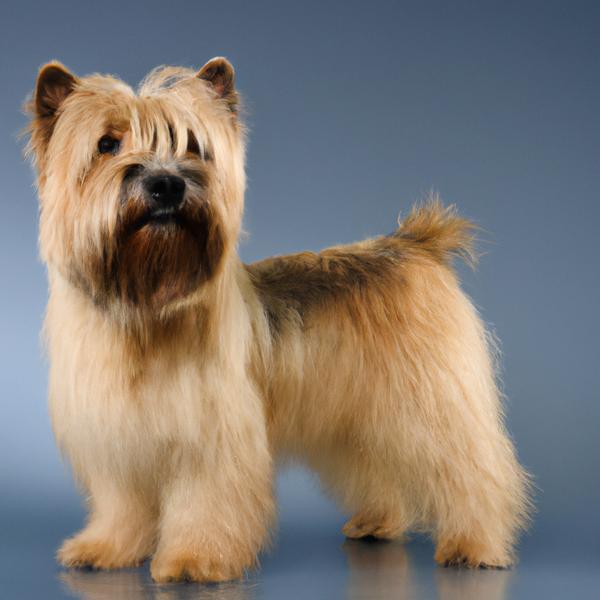
Silkland Terrier
Tibetan Wolfhound vs Silkland Terrier
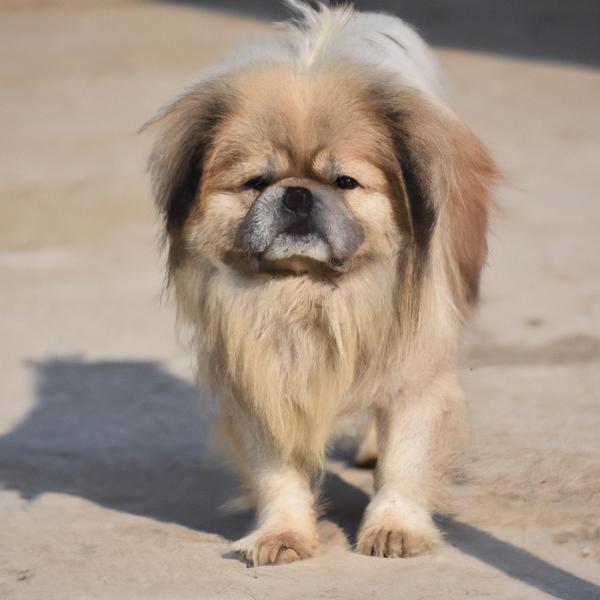
Chinaranian
Tibetan Wolfhound vs Chinaranian
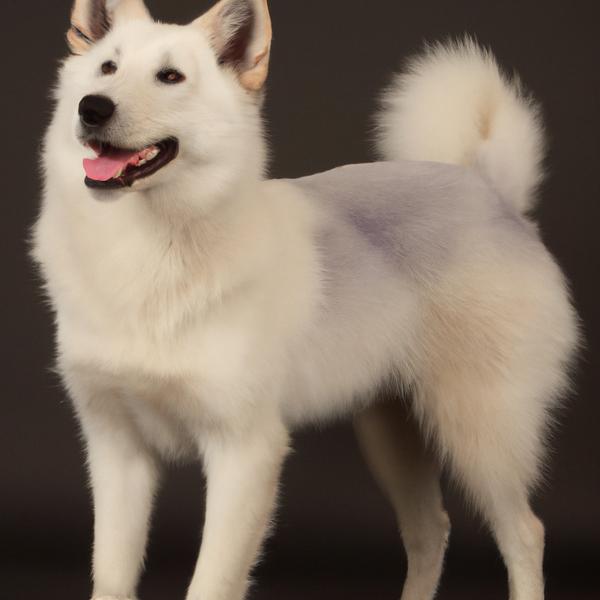
Australian Eskimo
Tibetan Wolfhound vs Australian Eskimo
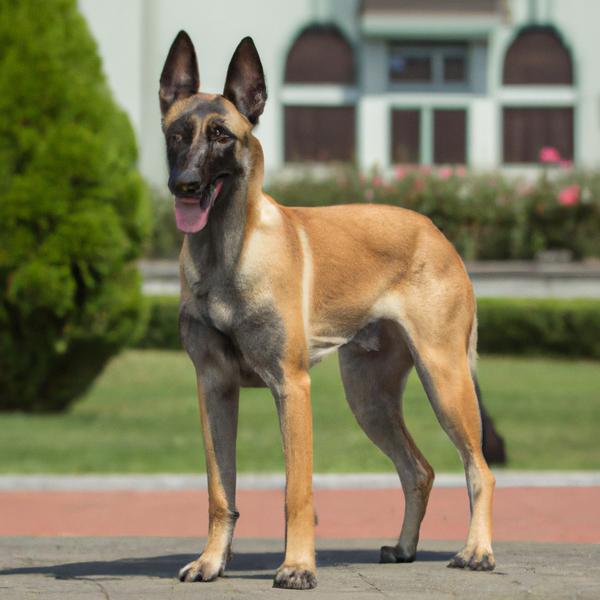
Belgian Malinois
Tibetan Wolfhound vs Belgian Malinois
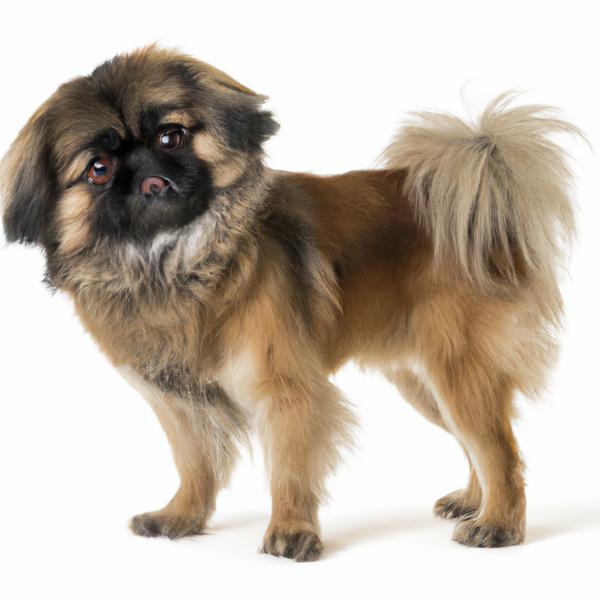
Peke-A-Boo
Tibetan Wolfhound vs Peke-A-Boo
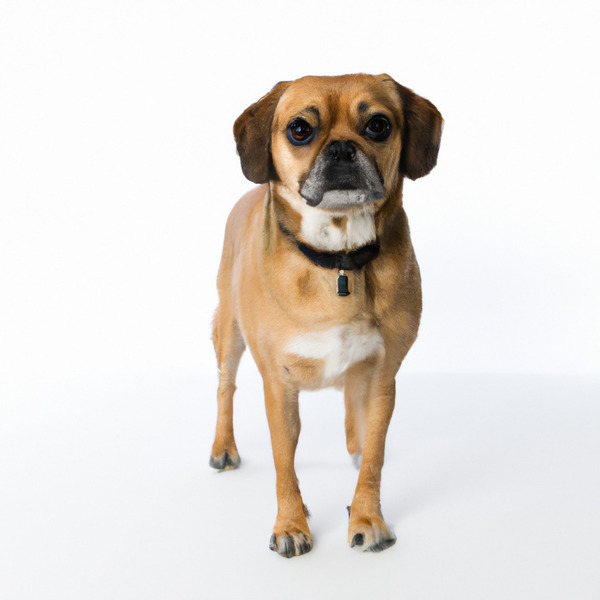
Puggle
Tibetan Wolfhound vs Puggle
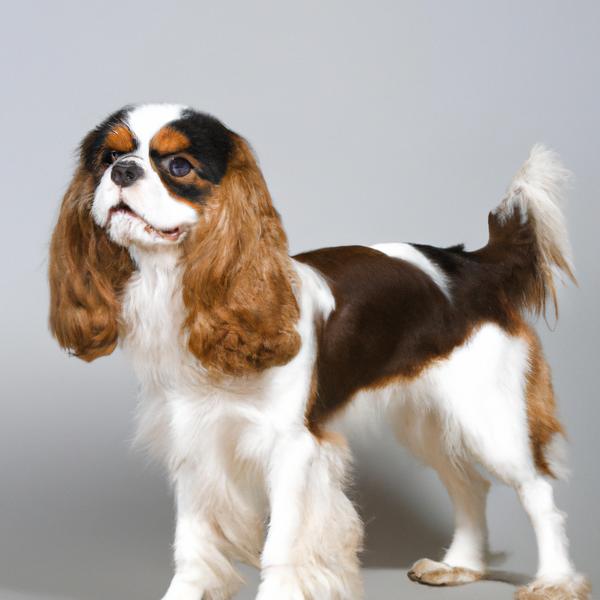
Cava-Shell
Tibetan Wolfhound vs Cava-Shell
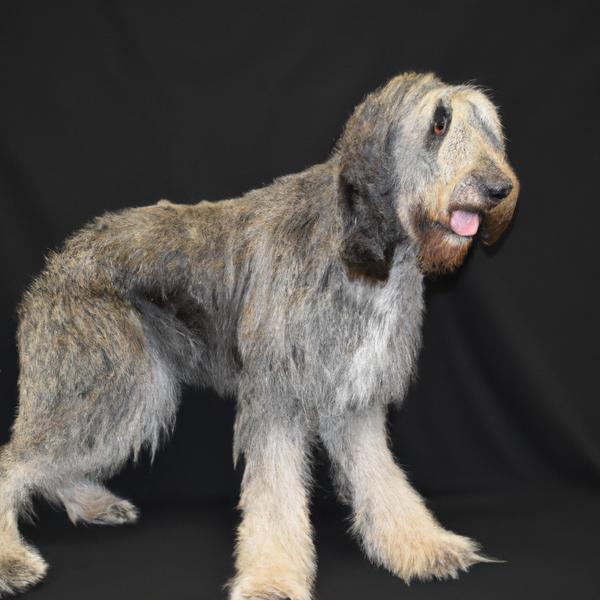
English Coonoodle
Tibetan Wolfhound vs English Coonoodle
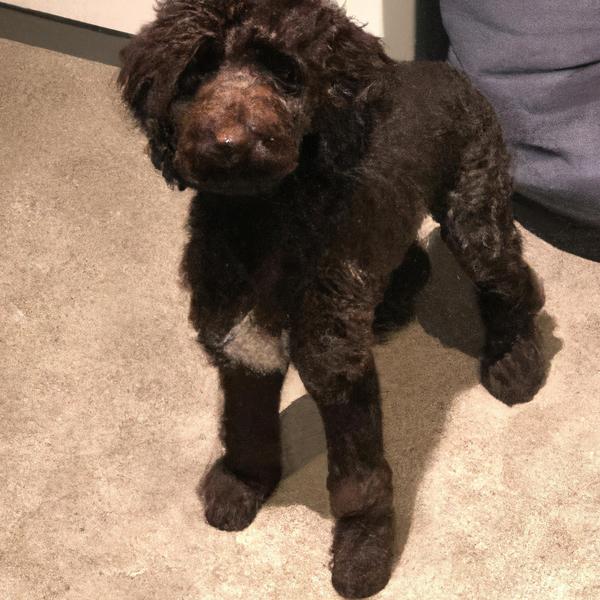
Beardoodle
Tibetan Wolfhound vs Beardoodle
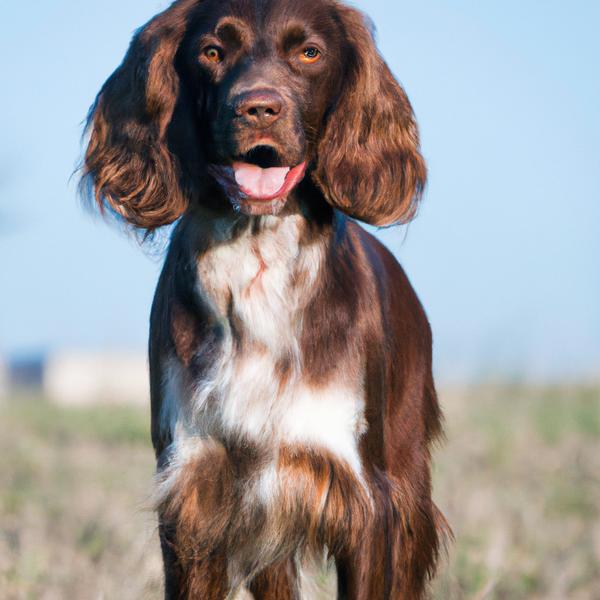
Field Spaniel
Tibetan Wolfhound vs Field Spaniel
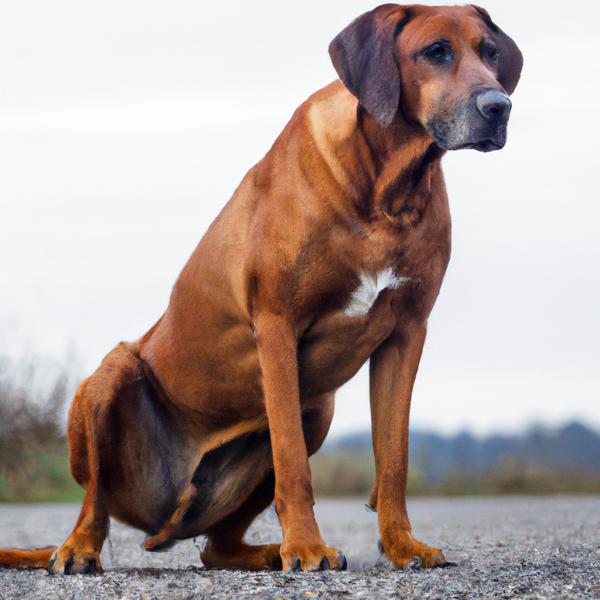
Rhodesian Bernard
Tibetan Wolfhound vs Rhodesian Bernard
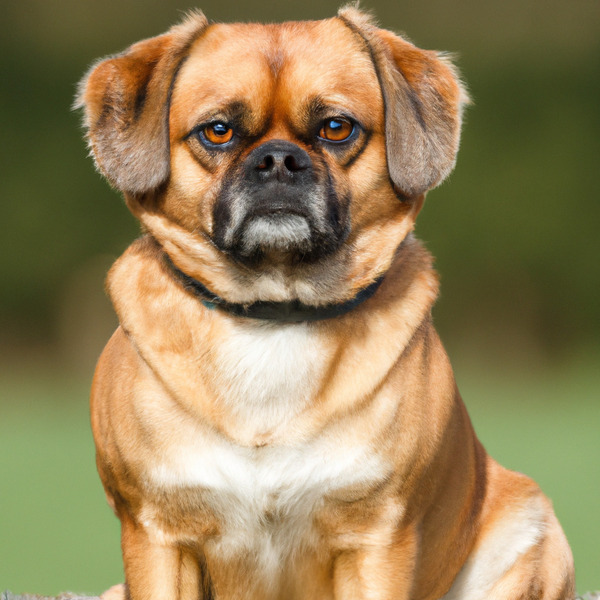
Pugalier
Tibetan Wolfhound vs Pugalier
